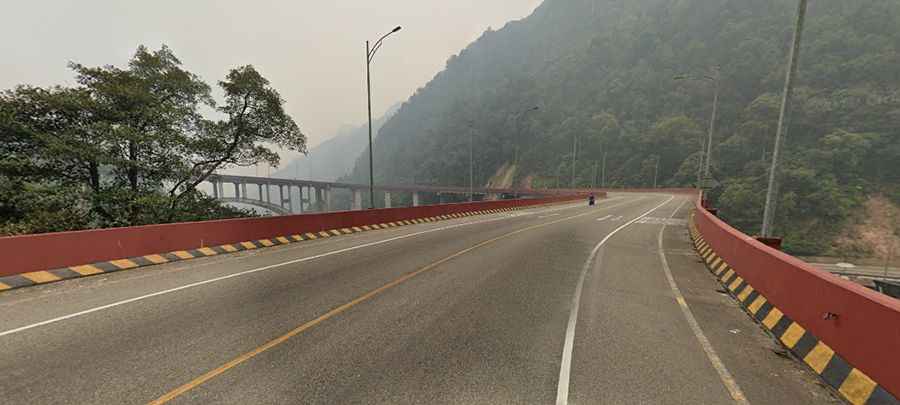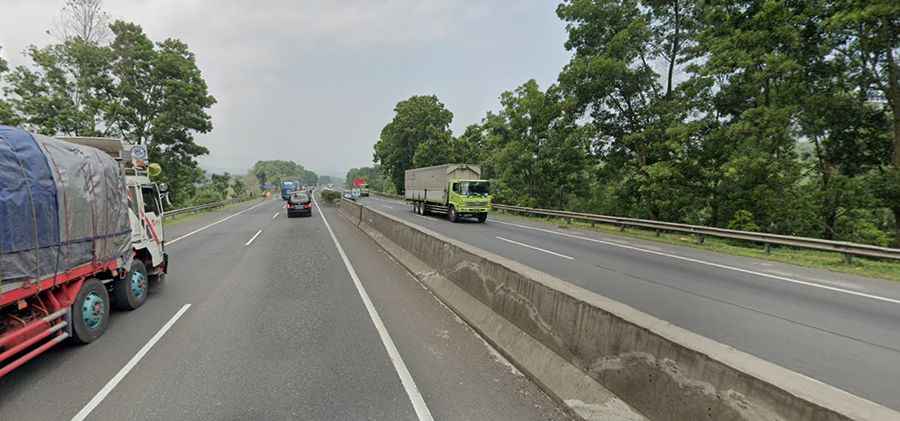Most Spectacular Roads in Indonesia
Indonesia is a country that needs no introduction, from a touristic point of view. It is probably one of the most popular holiday destinations in the world.

Sandy beaches, crystal blue waters, mesmerizing temples, and luscious forests are just a few of the many attractions that this country has to offer. Indonesian culture is also inspiring. Living in harmony with nature is a fundamental value in the country’s culture and both the people and the government are no strangers to doing life-changing deeds to protect the environment. As such, it comes as no surprise that Indonesia has some spectacular roads which seemingly integrate the green environment.

Kelok 9
Also known as Kelok Sembilan, Kelok 9 is a winding road linking the Central and the Eastern regions of the Sumatera province. The road starts near Payakumbuh, the second-largest city in Sumatera. Kelok means curve, and if the name is not suggestive enough, the road has 9 steep curves, which will give a boost of adrenaline to any passionate driver. If you think that 9 curves are dangerous, consider the fact that Kelok 9 was built over the old Kelok 44 road. The new road has a flyover structure and it was built due to the increasing traffic which caused traffic jams on the previously narrow road. The Kelok 44 road should have been covered in less than 4 hours, but it took 5 to 6 hours due to the traffic.
The road passes through two nature reserves, with a luscious green hill flanking it on each side. Both the White Water Reservation and the Harau Nature Reserve are popular attractions amongst tourists. The road has a length of 2537 meters, a width of 12,5 meters and it contains 6 bridges. The total cost of the new Kelok road was $49.6 million. The road is an excellent example of Indonesia’s state-of-the-art road engineering, and in the past few years, it has become a tourist attraction of its own, featuring dozens of Instagramable spots.

Cipularang
This toll road is in the West Java province and it connects the Cikampek and Padalarang regions. It spreads over 50 km featuring a hill climb with some mild curves. Being part of the Asian Highway Network, this road is also the main route between Jakarta and Bandung. The Cipularang road is flanked by hills and valleys painted in that vivid green shade that describes Indonesia. In 2020 the road has been threatened by landslides around the 118 km marker. This caused the Volcanology and Geological Hazard Mitigation Center (PVMBG) to urge the government to limit the number of vehicles allowed on the road, or limit at least the access of heavy vehicles.
If you plan on visiting Indonesia, you probably already have a long list of destinations, but see if you can include one of these two roads in your travels. They truly are worth seeing. However, make sure to travel with a local driver, because Indonesia is well known for its mellow attitude towards driving laws. Foreign drivers will require nerves of steel if they are to venture alone on one of these two roads.